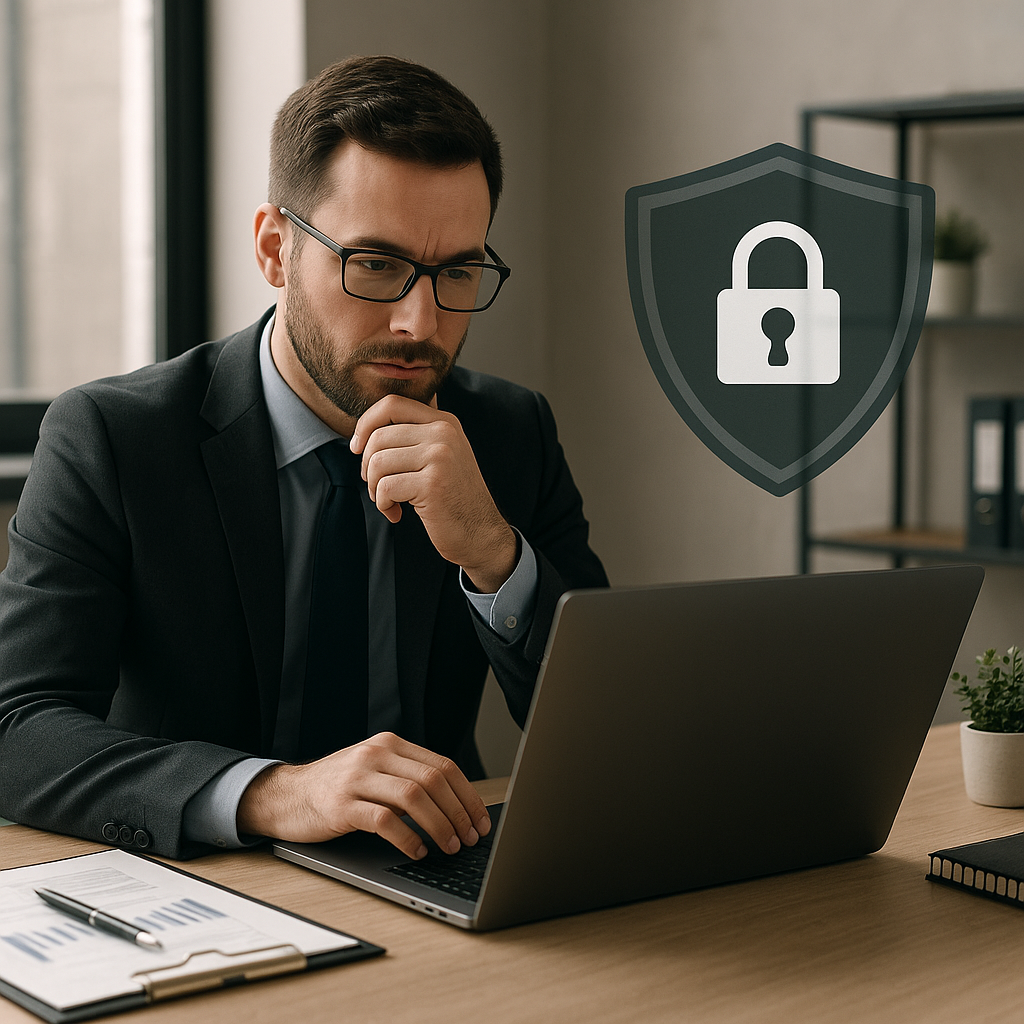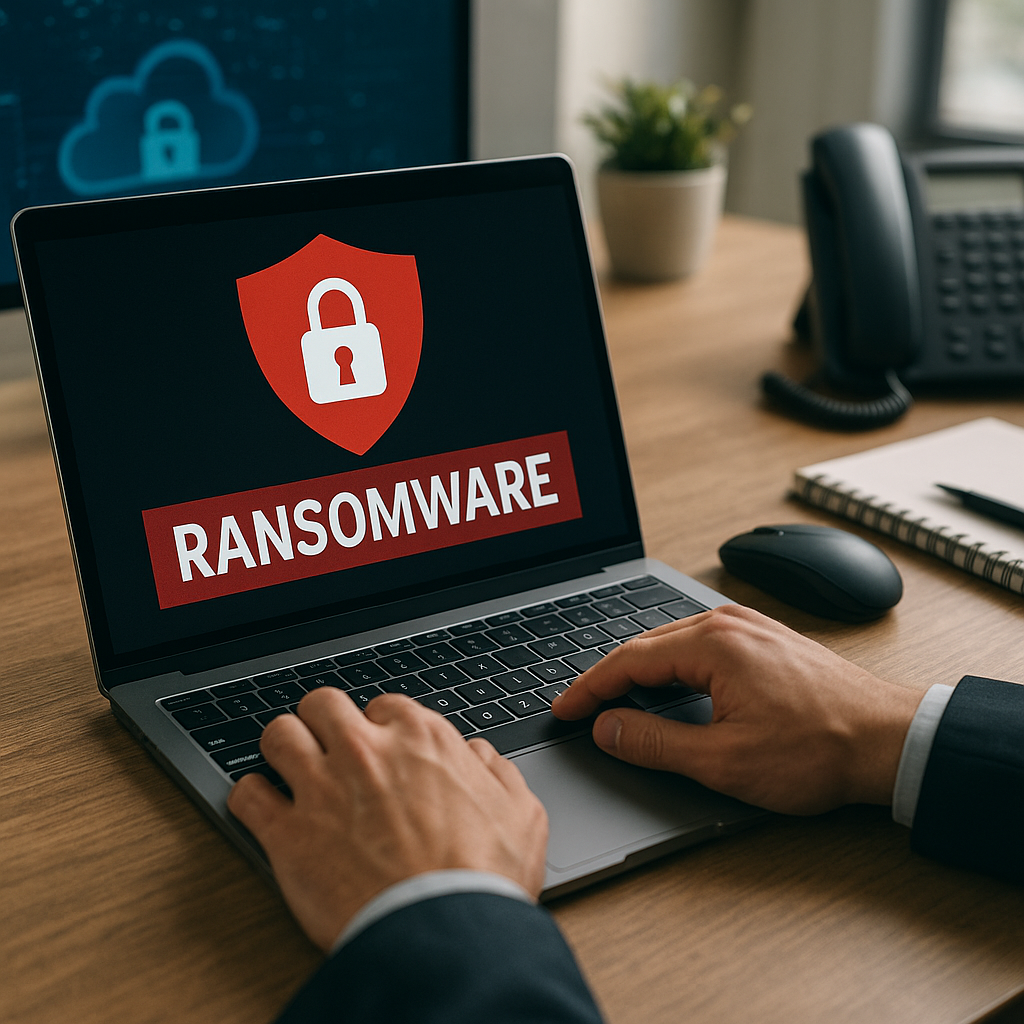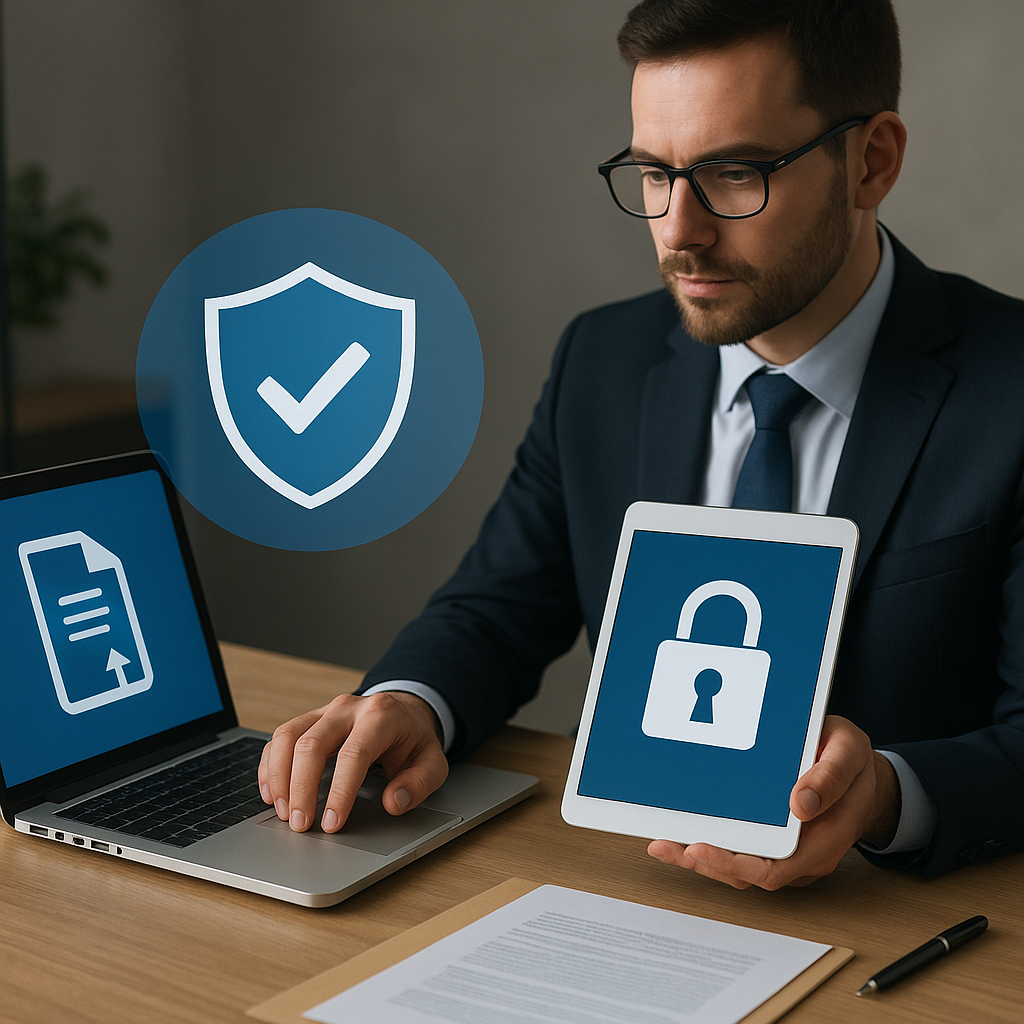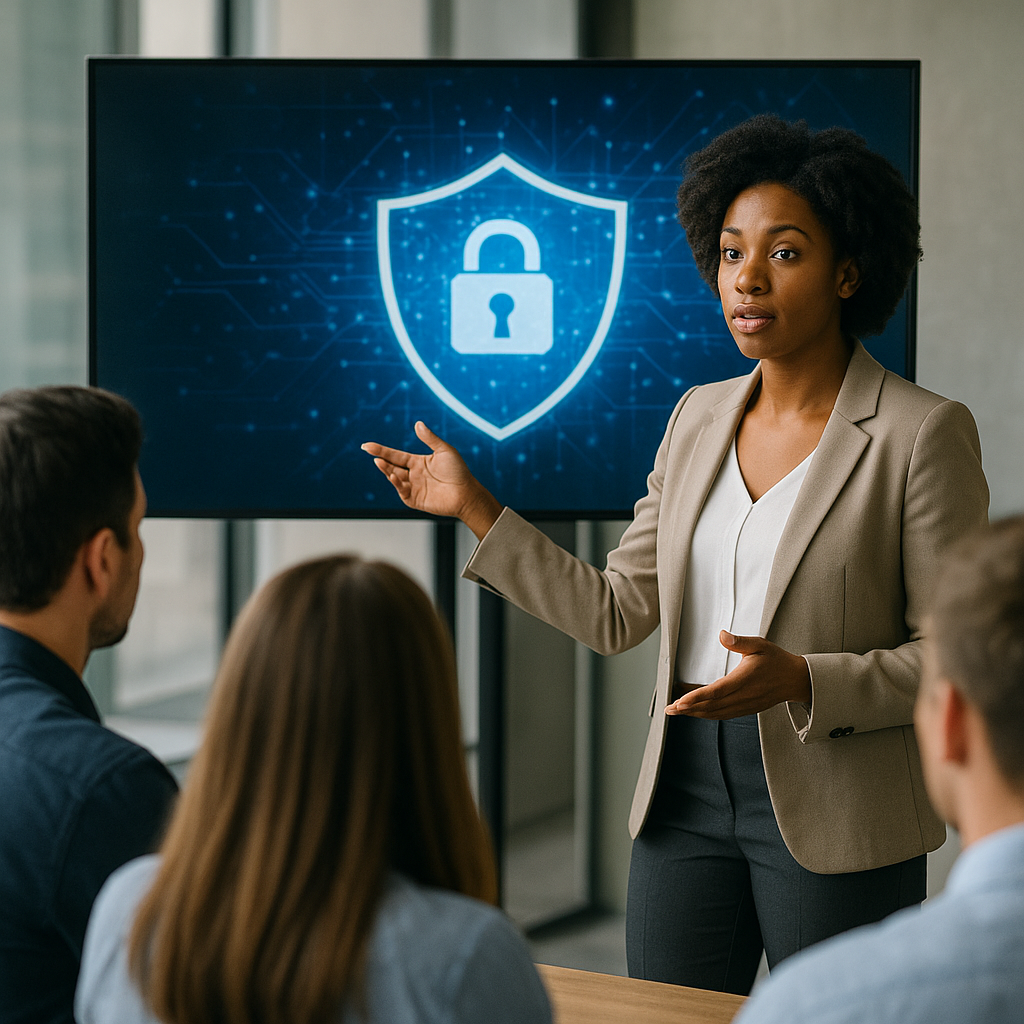The advent of 5G technology is set to revolutionize the way we connect and communicate, but it also brings significant implications for digital security. As the fifth generation of mobile networks rolls out globally, it is essential to understand how this new technology affects the security landscape. This article will explore the potential vulnerabilities introduced by 5G, the measures being taken to enhance security, and the broader implications for individuals and organizations alike.
Understanding 5G Technology
5G technology represents a significant leap forward from its predecessor, 4G. It offers faster data speeds, lower latency, and the ability to connect a vast number of devices simultaneously. This is made possible through advanced technologies such as millimeter waves, small cell networks, and massive MIMO (Multiple Input Multiple Output) systems. However, with these advancements come new challenges and risks that must be addressed to ensure a secure digital environment.
Key Features of 5G
- Enhanced Speed: 5G networks can deliver data speeds up to 100 times faster than 4G, enabling seamless streaming, gaming, and real-time applications.
- Low Latency: The reduced latency of 5G networks allows for near-instantaneous communication, which is crucial for applications like autonomous vehicles and remote surgery.
- Massive Connectivity: 5G can support up to one million devices per square kilometer, paving the way for the Internet of Things (IoT) and smart cities.
Potential Vulnerabilities of 5G
While 5G technology offers numerous benefits, it also introduces several vulnerabilities that could be exploited by malicious actors. The increased complexity of the network, combined with the sheer volume of connected devices, creates a larger attack surface for cyber threats.
- Increased Attack Surface: The proliferation of connected devices means that there are more potential entry points for cybercriminals. Each device can be a target, and if not properly secured, it can lead to breaches.
- Supply Chain Risks: The deployment of 5G infrastructure often involves multiple vendors and components, increasing the risk of supply chain attacks. Compromised hardware or software can introduce vulnerabilities into the network.
- Network Slicing Vulnerabilities: 5G allows for network slicing, which enables the creation of multiple virtual networks on a single physical infrastructure. If not properly managed, this can lead to unauthorized access and data breaches.
Enhancing Security in the 5G Era
To mitigate the risks associated with 5G technology, various stakeholders, including governments, telecom companies, and cybersecurity experts, are working together to enhance security measures. These efforts are crucial to building a secure digital environment that can support the growth of 5G applications.
Regulatory Frameworks
Governments around the world are recognizing the importance of establishing regulatory frameworks to address the security challenges posed by 5G. These frameworks aim to set standards for network security, data protection, and incident response.
- National Security Guidelines: Many countries have developed guidelines to ensure that telecom providers adhere to strict security protocols when deploying 5G networks.
- Collaboration with Industry: Governments are collaborating with industry stakeholders to share information about threats and vulnerabilities, fostering a collective approach to cybersecurity.
Technological Solutions
In addition to regulatory measures, technological solutions are being developed to enhance the security of 5G networks. These solutions focus on protecting data integrity, ensuring privacy, and preventing unauthorized access.
- Encryption: Strong encryption protocols are essential for protecting data transmitted over 5G networks. End-to-end encryption can help safeguard sensitive information from interception.
- AI and Machine Learning: Artificial intelligence and machine learning technologies can be employed to detect anomalies and potential threats in real-time, allowing for quicker responses to cyber incidents.
- Zero Trust Architecture: Implementing a zero trust security model, where no device or user is trusted by default, can help mitigate risks associated with unauthorized access.
The Broader Implications for Individuals and Organizations
The impact of 5G technology on digital security extends beyond technical challenges; it also has significant implications for individuals and organizations. As 5G becomes more prevalent, understanding these implications is crucial for navigating the evolving digital landscape.
For Individuals
As consumers increasingly rely on 5G-enabled devices and services, they must be aware of the potential security risks. Here are some considerations for individuals:
- Awareness of Privacy Risks: With more devices connected to the internet, individuals should be mindful of the data they share and the potential for privacy breaches.
- Securing Personal Devices: It is essential for individuals to implement security measures on their personal devices, such as using strong passwords, enabling two-factor authentication, and keeping software up to date.
For Organizations
Organizations must also adapt to the security challenges posed by 5G technology. Here are some strategies for businesses:
- Risk Assessment: Conducting regular risk assessments can help organizations identify vulnerabilities in their systems and develop strategies to mitigate them.
- Employee Training: Providing training for employees on cybersecurity best practices is crucial for creating a security-conscious culture within the organization.
- Incident Response Plans: Developing and regularly updating incident response plans can ensure that organizations are prepared to respond effectively to cyber threats.
Conclusion
The impact of 5G technology on digital security is profound and multifaceted. While it offers unprecedented opportunities for connectivity and innovation, it also presents significant challenges that must be addressed. By understanding the potential vulnerabilities and implementing robust security measures, individuals and organizations can navigate the 5G landscape safely. As we move forward into this new era of connectivity, prioritizing digital security will be essential to harnessing the full potential of 5G technology.




